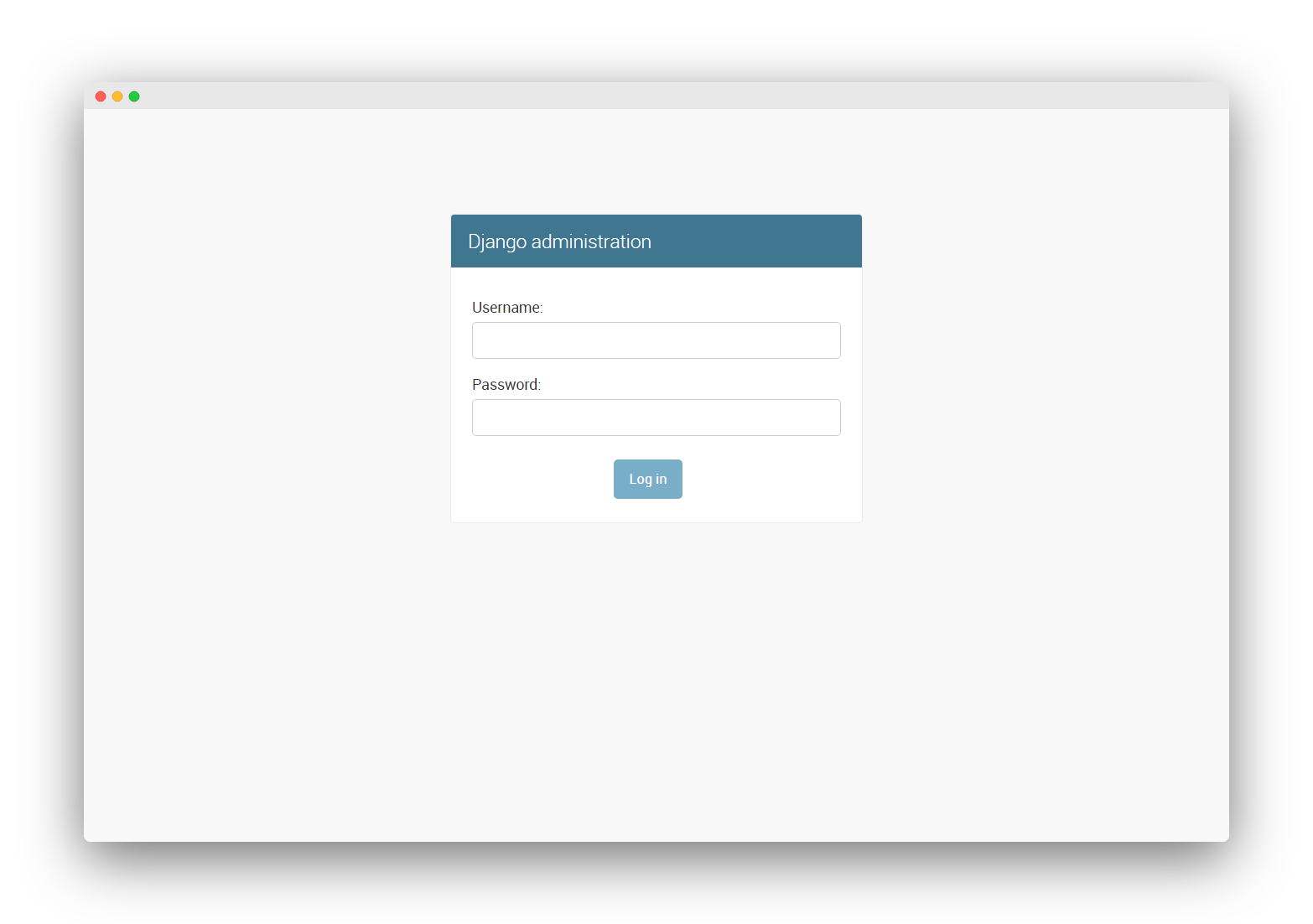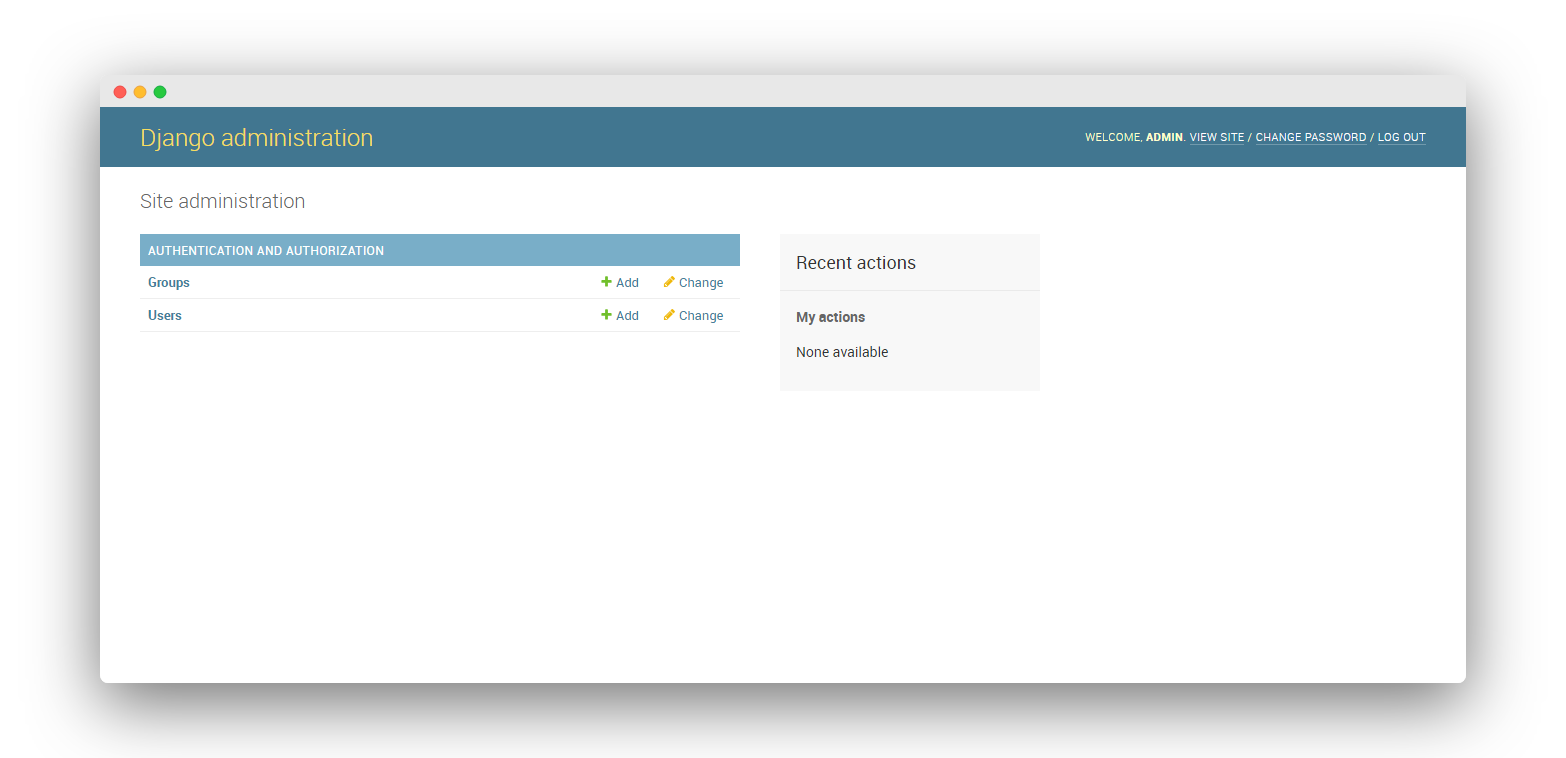Django's prominent feature is the admin interface, which makes it stand out from the competition. It is a built-in app that automatically generates a user interface to add and modify a site's content.
The built-in administration interface that is very useful for editing content. The Django admin site is built dynamically by reading your model metadata and providing a production-ready interface for editing content. You can use it out of the box, configuring how you want your models to be displayed in it.
In order to use the Django's admin app which is already included in django.contrib.admin inside INSTALLED_APPS setting, first we have to create a superuser.
Creating A Super User In Django
In the directory where manage.py script exists, execute the following command.
python manage.py createsuperuserNow Django will prompt you to enter the details, enter your desired details and hit enter.
Username (leave blank to use 'admin'): admin
Email address: [email protected]
Password: ********Password (again): ********Superuser created successfully.Now that the superuser is created, run the development server.
python manage.py runserverOpen the browser and navigate to http://127.0.0.1:8000/admin/ You should see a login page, enter the details you provided for the superuser.

After you log in you should see the Django's admin panel with Groups and Users models which come from Django authentication framework located in django.contrib.auth.
